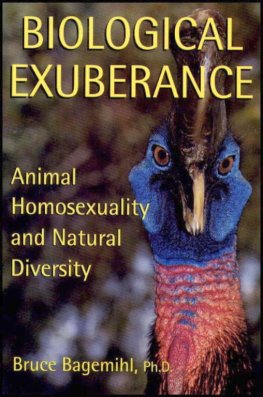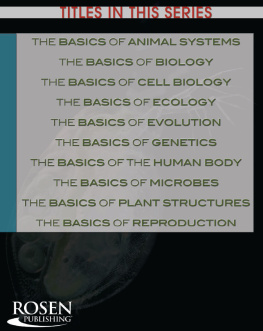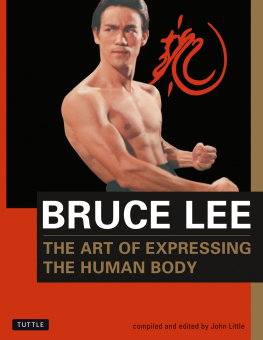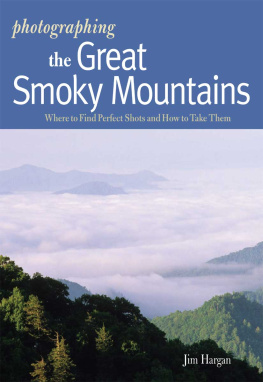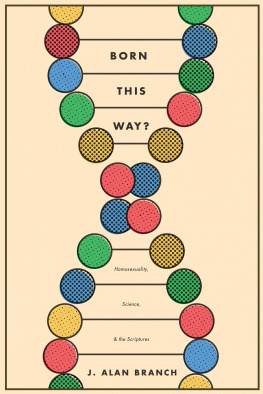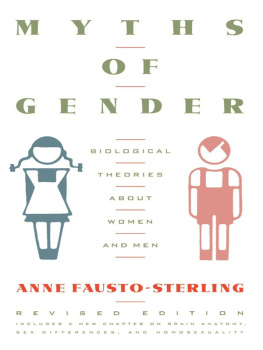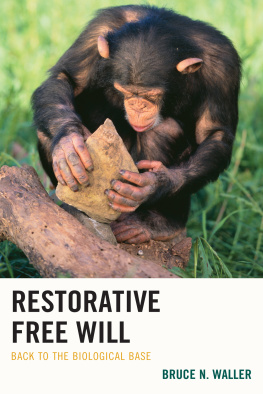Bruce Bagemihlv - Biological Exuberance: Animal Homosexuality and Natural Diversity
Here you can read online Bruce Bagemihlv - Biological Exuberance: Animal Homosexuality and Natural Diversity full text of the book (entire story) in english for free. Download pdf and epub, get meaning, cover and reviews about this ebook. genre: Science. Description of the work, (preface) as well as reviews are available. Best literature library LitArk.com created for fans of good reading and offers a wide selection of genres:
Romance novel
Science fiction
Adventure
Detective
Science
History
Home and family
Prose
Art
Politics
Computer
Non-fiction
Religion
Business
Children
Humor
Choose a favorite category and find really read worthwhile books. Enjoy immersion in the world of imagination, feel the emotions of the characters or learn something new for yourself, make an fascinating discovery.

- Book:Biological Exuberance: Animal Homosexuality and Natural Diversity
- Author:
- Genre:
- Rating:4 / 5
- Favourites:Add to favourites
- Your mark:
- 80
- 1
- 2
- 3
- 4
- 5
Biological Exuberance: Animal Homosexuality and Natural Diversity: summary, description and annotation
We offer to read an annotation, description, summary or preface (depends on what the author of the book "Biological Exuberance: Animal Homosexuality and Natural Diversity" wrote himself). If you haven't found the necessary information about the book — write in the comments, we will try to find it.
Bruce Bagemihlv: author's other books
Who wrote Biological Exuberance: Animal Homosexuality and Natural Diversity? Find out the surname, the name of the author of the book and a list of all author's works by series.
Biological Exuberance: Animal Homosexuality and Natural Diversity — read online for free the complete book (whole text) full work
Below is the text of the book, divided by pages. System saving the place of the last page read, allows you to conveniently read the book "Biological Exuberance: Animal Homosexuality and Natural Diversity" online for free, without having to search again every time where you left off. Put a bookmark, and you can go to the page where you finished reading at any time.
Font size:
Interval:
Bookmark:

Table of Contents
Title Page
Snow
Introduction
Part 1 - A Polysexual, Polygendered World
Chapter1 - The Birds and the Bees
The Many Forms of Animal Homosexuality
Whats Good for the Goose : Comparisons of Male and Female Homosexuality
A Hundred and One Lesbian Acts: Calculating the Frequency of Homosexual Behavior
Within Genders, Without Genders, Across Genders
Chapter2 - Humanistic Animals, Animalistic Humans
From Pederasty to Butch-Femme: Uniquely Human?
Primate (Homo)Sexuality and the Origins of Culture
Unnatural Nature
Chapter3 - Two Hundred Years of Looking at Homosexual Wildlife
A Brief History of the Study of Animal Homosexuality
A Lowering of Moral Standards Among Butterflies: Homophobia in Zoology
Anything but Sex
Chapter4 - Explaining (Away) Animal Homosexuality
Which One Plays the Female Role?Homosexuality as Pseudoheterosexuality
The Lengths to Which Deprived Creatures Will GoHomosexuality as Substitute Heterosexuality
The Errors of Their WaysHomosexuality as Mistaken Sex Identification
Gross Abnormalities of BehaviorHomosexuality as Pathology
Chapter5 - Not for Breeding Only: Reproduction on the Periphery of Life
The Evolutionary Value of Homosexuality
Homosexuality in the Service of Heterosexuality
Nonreproductive and Alternative Heterosexualities in Animals
Chapter 6 - A New Paradigm: Biological Exuberance
Left-Handed Bears and Androgynous Cassowaries: Informing Biology with Indigenous Knowledge
A Revolution Under Way: Contemporary Scientific and Philosophical Perspectives - We need another and a wiser and perhaps a more mystical concept of animals . They are not brethren, they are not underlings; they are other nations, caught with ourselves in the net of life and time, fellow prisoners of the splendor and travail of the earth.
Returning to the Source: Indigenous Cosmologies and Fractal Sexualities
The Magnificent Overabundance of Reality
Part II - A Wondrous Bestiary Portraits of Homosexual, Bisexual, and Transgendered Wildlife
Introduction
Mammals
Primates
Marine Mammals
Hoofed Mammals
Other Mammals
Birds
Waterfowl and Other Aquatic Birds
Shore Birds
Perching Birds and Songbirds
Other Birds
Acknowledgments
STONEWALL INN EDITIONS KEITH KAHLA, GENERAL EDITOR
Praise
Appendix: Other Species
Notes to Part I
Credits and Permissions
Animal Index
Subject Index
ABOUT THE AUTHOR
Copyright Page
Snow
The room was suddenly rich and the great bay-window was
Spawning snow and pink roses against it
Soundlessly collateral and incompatible:
World is suddener than we fancy it.
World is crazier and more of it than we think,
Incorrigibly plural. I peel and portion
A tangerine and spit the pips and feel
The drunkenness of things being various.
And the fire flames with a bubbling sound for world
Is more spiteful and gay than one supposes
On the tongue on the eyes on the ears in the palms of ones hands
There is more than glass between the snow and the huge roses.
LOUIS MACNEICE
hugest whole creation may be less
incalculable than a single kiss
E. E. CUMMINGS
Introduction
The most beautiful thing we can experience is the mysterious.
It is the source of all true art and science. He to whom this
emotion is a stranger, who can no longer pause to wonder and
stand rapt in awe, is as good as dead: his eyes are closed.
ALBERT EINSTEIN1
Any book on homosexuality and transgender in animals is necessarily unfinished, a work in progress. The subject is so vast, the types of behaviors so varied, and the number of species involved so large, as to defy any attempt at comprehensiveness. And the scientific research in this area is only in its infancy: new developments and discoveries are continually being made, and the extent of uncharted and as yet unknowable terrain is so great as to render any attempt at completeness hopelessly premature.
Notwithstanding such formidable challenges, this book endeavors to present a reasonably extensive and up-to-date account of the subject. To help narrow the field, certain parameters have been chosen: only examples of homosexual behavior or transgender that have been scientifically documented, for example, are covered in this book (such documentation includes published reports in scientific journals and monographs, and/or firsthand observations by zoologists, wildlife biologists, and other trained animal observers, corroborated by multiple sources whenever possible). Not only does this limit the number of species to be included (many more cases undoubtedly occur but have not been so documented), it establishes a uniform and verifiable platform of data on which to base further discussion. In addition, the book focuses primarily on mammals and birdsnot because other types of animals are somehow less interesting or important, but simply because space and time limitations necessitate that not all species can be covered. These two groups are considered to be sufficiently representative and to have a broad enough appeal to warrant their inclusion, however arbitrary the exclusion of others may be.
Even with these parameters in place, however, an enormous amount of ground must still be covered. In addition to discussing an extensive array of species (nearly 300 mammals and birds), the book draws upon more than two centuries of scientific research. Some of the findings reported here in a few sentences represent literally lifetimes of work on the part of biologists, who often devote their entire careers to studying one very specific and complex aspect of one type of behavior, in one particular population of one particular species. With this in mind, the book should be seen not as a final, definitive pronouncement on the subject, but rather as a beginning or overture, an invitation to further research and discussion.
Any account of homosexuality and transgender in animals is also necessarily an account of human interpretations of these phenomena. Because animals cannot speak directly for themselves the way people can, we must rely on human observations of their behavior. This presents both special challenges and unique advantages to the study of the subject. On the one hand, certain behaviors such as sexual acts can be observed directly (and even quantified), which is often extremely difficult, impossible, or unethical to do in studies of sexuality among people (especially stigmatized or alternative forms of sexuality). On the other hand, we are in the dark about the internal experiences of the animal participants: as a result, the biases and limitations of the human observerin both the gathering and interpretation of datacome to the forefront in this situation. In many ways this is the reverse of what occurs in some studies of homosexuality among people (including well-informed historical or anthropological studies of different cultures or time periods). With people, we can often speak directly to individuals (or read written accounts) about what their sexuality and associated phenomena meanand so get a sense of their emotional and motivational stateswithout necessarily being able to verify their actual sexual behaviors. With animals, in contrast, we can often directly observe their sexual (and allied) behaviors, but can only infer or interpret their meanings and motivations. As a result, many contentious assertions, theories, interpretations, and explanations have been put forward (and continue to be made) within the field of zoology about the function(s) and meaning (s) of homosexuality and transgender. This book seeks to address this historical and very human dimension of the subject, while still maintaining a focus on the animals, their behaviors and lives.
Next pageFont size:
Interval:
Bookmark:
Similar books «Biological Exuberance: Animal Homosexuality and Natural Diversity»
Look at similar books to Biological Exuberance: Animal Homosexuality and Natural Diversity. We have selected literature similar in name and meaning in the hope of providing readers with more options to find new, interesting, not yet read works.
Discussion, reviews of the book Biological Exuberance: Animal Homosexuality and Natural Diversity and just readers' own opinions. Leave your comments, write what you think about the work, its meaning or the main characters. Specify what exactly you liked and what you didn't like, and why you think so.

